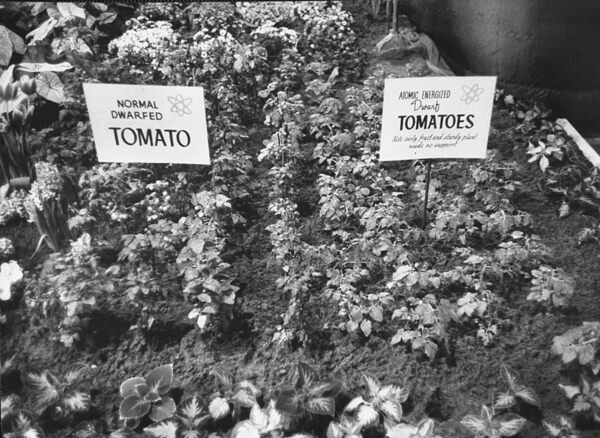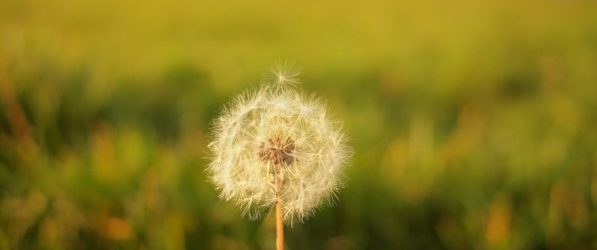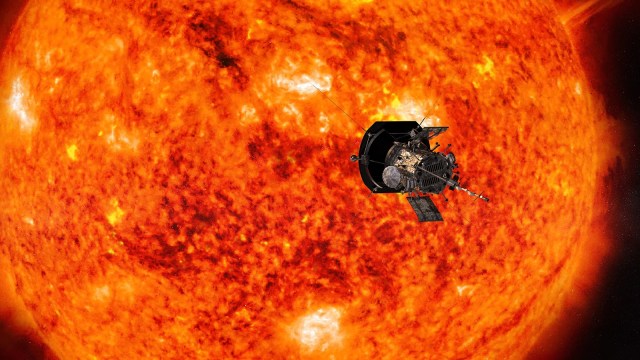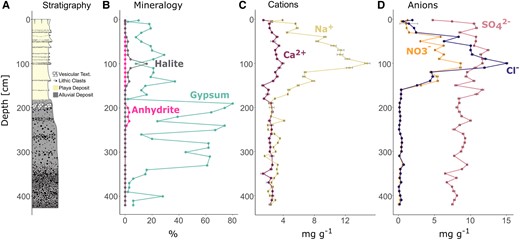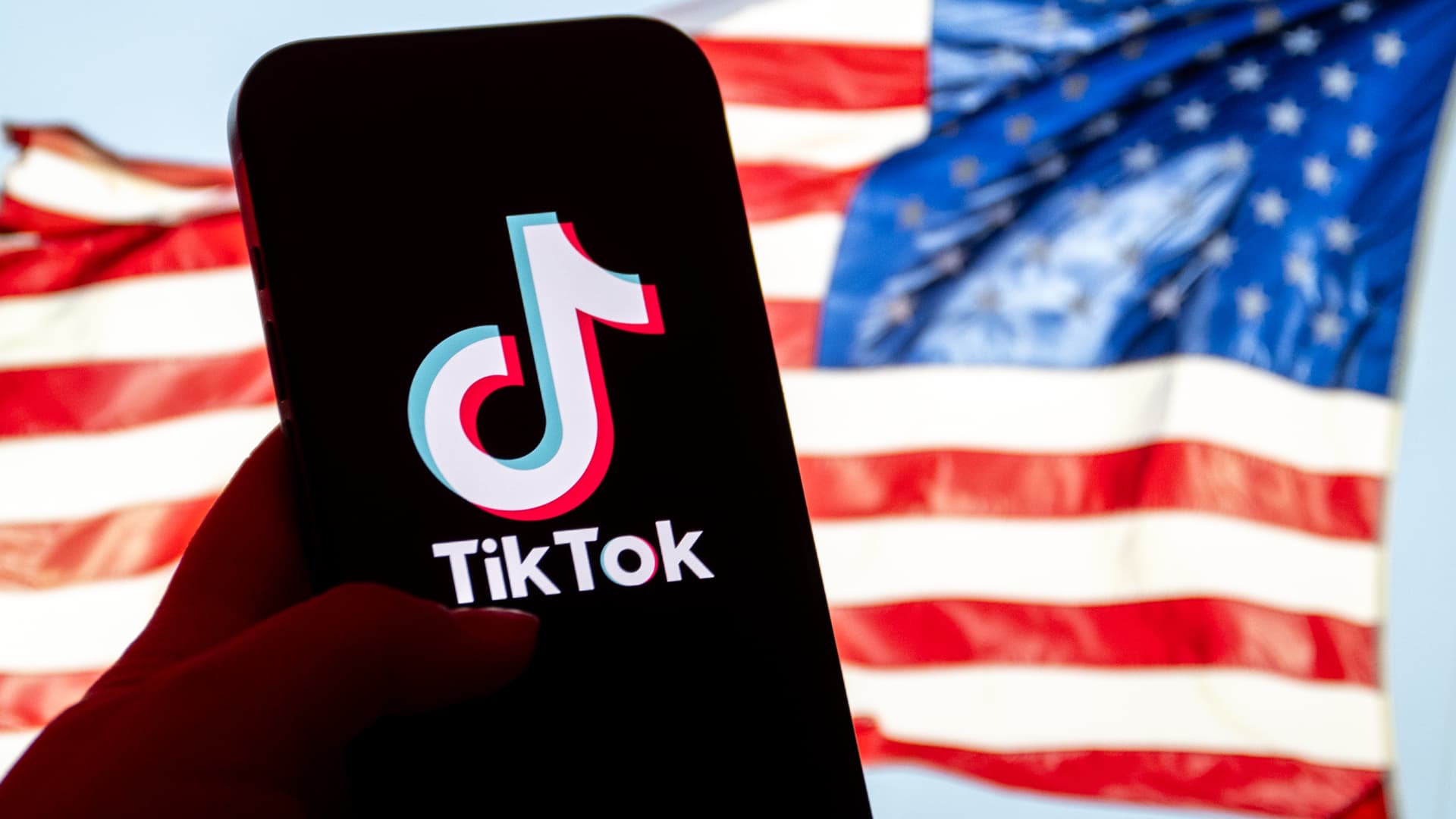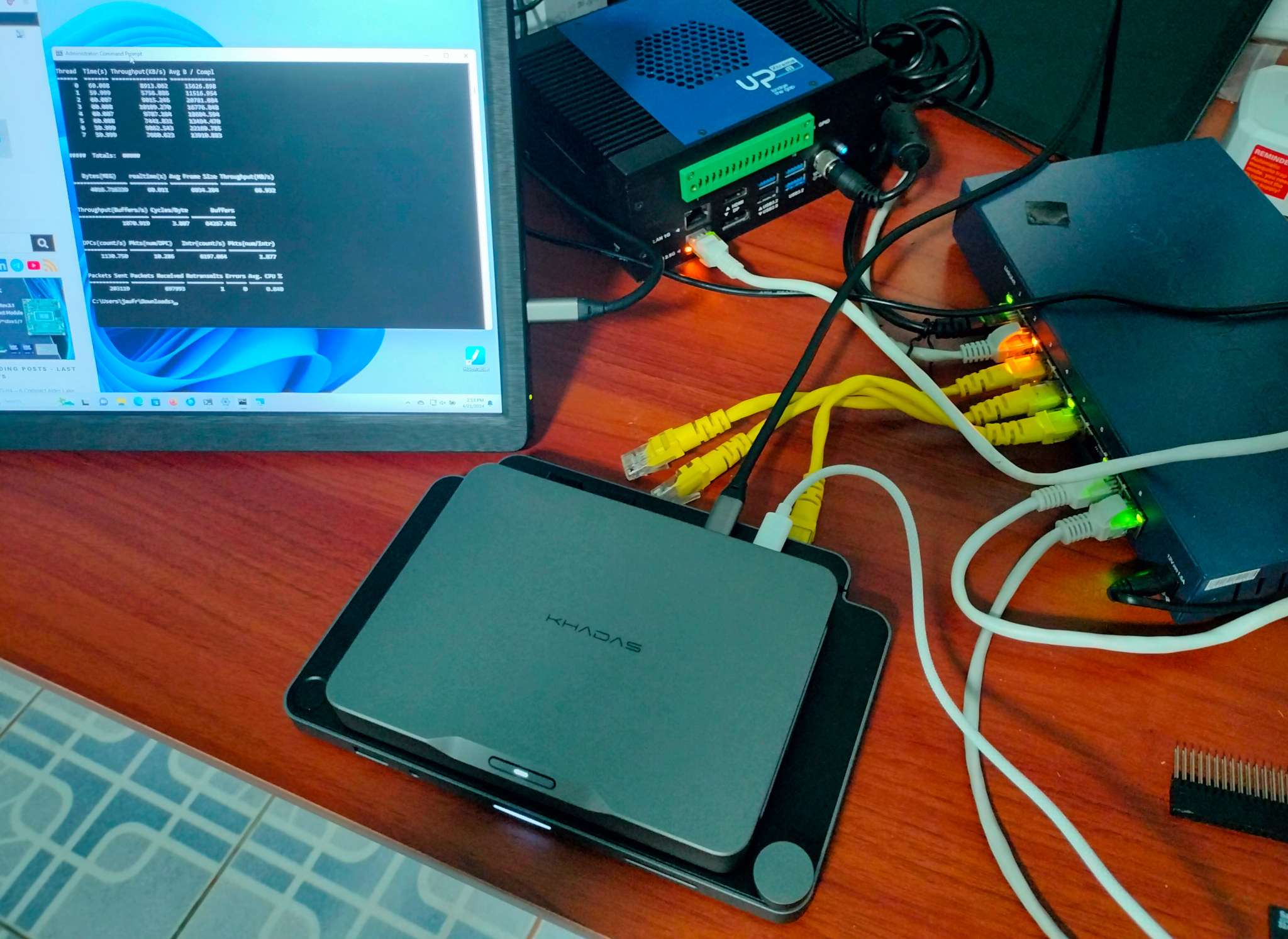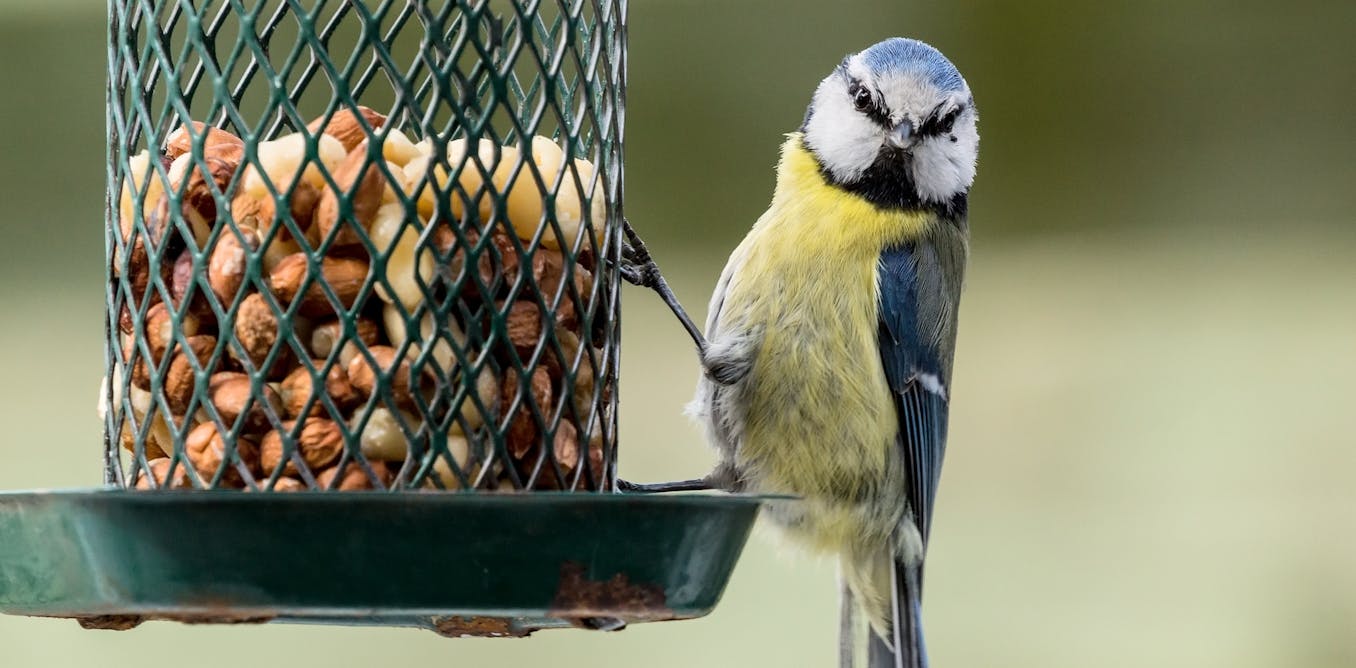
Garden bird feeders are boosting blue tit numbers – but leaving other species hungry
I’ve filled feeders with seeds and nuts since I was a child and I’ve always loved seeing which birds arrive. I’m not alone – around half of all UK households do the same nowadays, spending £250 million on 150,000 tonnes of bird food each year. That’s enough to feed three times the breeding populations of the ten commonest garden species if they ate nothing else all year, with one feeder for every nine birds that use them.
Have you ever wondered how all of that additional food might be affecting wild birds? How much has our generosity changed their natural diet, and what of the bird species we don’t see visiting garden feeders?
If you live in the UK, one garden visitor you’re probably used to seeing is the blue tit. Blue tits are small, fast and often feed high in trees on tiny insects. Seeing exactly what they eat is tough. But with new molecular technology, we were able to test blue tit poo from 39 woodlands across Scotland – some close to houses, some on remote mountainsides and some by the sea – and gain a fascinating insight into their average diet.
What myself and fellow researchers found surprised us. A small moth caterpillar that lives on birch trees was their most common natural prey item, present in a third of the poos we sampled. But among hundreds of species of insect prey, we also found garden bird food – and lots of it.
